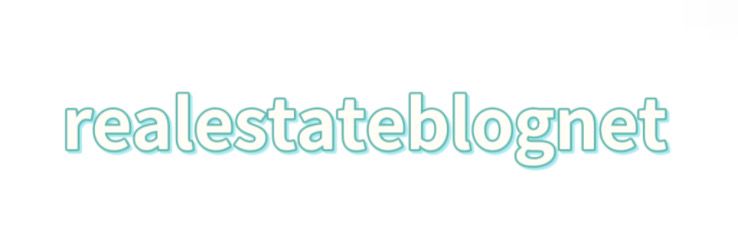Padel Court Colors: Bright vs. Subtle – Which Boosts Performance?
In the growing sport of padel, the colors of the courts are more than just aesthetic choices; they can significantly impact player performance, mood, and even the spectators' experience. As the popularity of padel continues to rise globally, understanding the psychology of court colors has become increasingly relevant. In this article, we will delve into the differences between bright and subtle court colors and how they can affect player performance, drawing insights from industry experts and influencers.
The Psychology of Color in Sports
Color psychology plays a crucial role in sports, including padel. Bright colors, such as vibrant greens or yellows, are often believed to energize players and create a lively atmosphere. Conversely, subtle colors like soft blues or earthy tones can promote focus and calmness. Research has shown that colors can affect mood and, consequently, performance levels.
Bright Colors: Energy and Engagement
Bright colors can create an energizing environment that stimulates excitement and engagement among players and fans. These colors can help players feel more motivated and excited, potentially leading to improved performance on the court. Influencers like @PadelPsychology often share their insights on how vibrant courts can boost players' mental readiness.
Subtle Colors: Focus and Control
On the other hand, subtle colors are linked with enhanced concentration and control. They tend to reduce distractions, allowing players to focus better on their game strategy. Padel enthusiasts such as @CalmCourtDesigner advocate for the use of muted tones to create a serene playing environment, enhancing player focus and reducing stress during matches.
Comparing Performance Factors
When considering the impact of court color on performance, several factors come into play, including visibility, contrast, and emotional response.
Visibility and Contrast
Bright colors typically provide better visibility for the ball, especially in outdoor settings with natural light. High-contrast courts are essential for quick ball recognition, which can lead to a faster-paced game. Influencer and padel coach @VisuallyAware stresses the importance of color contrast in ensuring a fair and competitive play.
Suggested reading:How to produce high-quality building film panels?
Emotional Response and Psychological Impact
What Are WPC Panels for Exterior Walls?
Wear-Resistance SPC Flooring Supplier: Key Differences Explained
What are the benefits of WPC panels for construction?
Top Benefits of WPC Panels for Durable Exterior Walls
Is Wholesale Anti-Slip SPC Flooring the Solution to Your Safety Concerns?
Top Wholesale SPC Flooring Suppliers You Can Trust
The emotional response to color can also influence how players perform. Bright colors may heighten feelings of exhilaration, while more muted tones can instigate a sense of calm and focus. Padel wellness coach @MindfulPadel highlights how players can leverage their emotional responses to color in their training and match preparations.
What Do the Players Prefer?
Feedback from players regarding court color preference is varied. Some prefer the invigorating effect of bright colors, while others find the calmness of subtle hues more beneficial. Conducting surveys at various padel clubs can provide deeper insights into player preferences.
Influencers Share Their Thoughts
As the discussion around padel court colors continues to evolve, players and coaches alike have turned to social media for sharing their experiences. Influencers like @PadelGuru often conduct polls and discussions on color preferences, highlighting the voice of the community.
Conclusion: Finding the Right Balance
Ultimately, the choice between bright and subtle colors for padel courts may come down to individual player preferences and the specific atmosphere a venue aims to create. Engaging with industry influencers and keeping up with the latest trends in sports psychology can help padel courts find the balance that maximizes player performance and enjoyment. Regardless of color, the passion for the game is what truly elevates the experience for everyone involved.
For those looking to further explore this topic, connecting with experts in sports design and psychology through platforms like Instagram can provide valuable insights and foster a community dedicated to enhancing the padel experience.


Comments
Please Join Us to post.
0